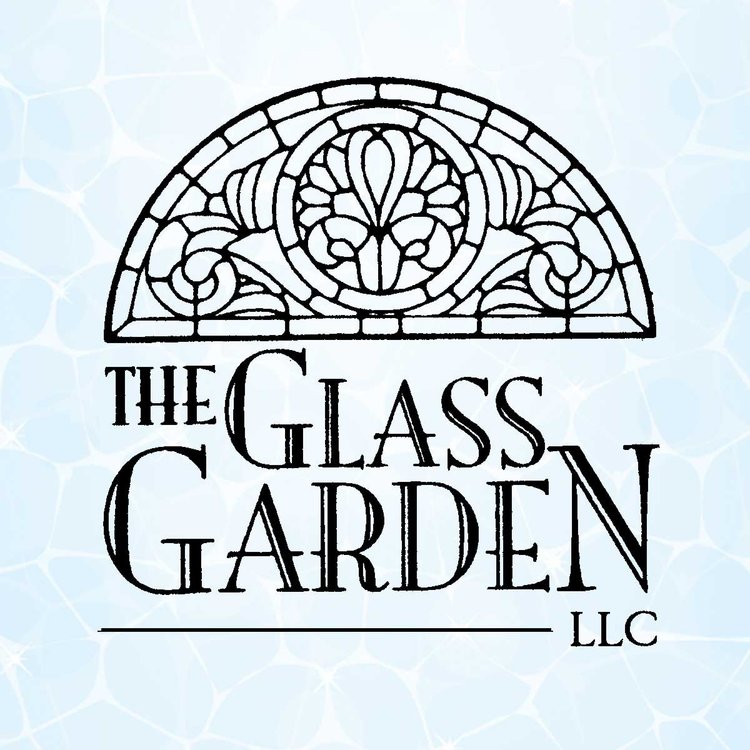July 2017, 15th Edition
Hello Everyone!
Summer is well under way, and with that our lives change slightly. Kids are home from school, yard work needs to be done. It's also a busy time for camping, grilling out, and enjoying water activities and family get-togethers. Even though we all look forward to these summer festivities, it's nice to still carve out a little "me" time at The Glass Garden!
Our "Fusing Fun" classes are a great fit for summer! Most of them are only a couple of hours long, and your project is finished at each class (it does have to be fired in the kiln overnight.)
Fusing Fun classes require little or no experience and are held on two weekdays per month--choose from morning and evening classes. We have a sample of every project at the shop--stop by to see the pieces in person and decide which one you want to try!
To check out our upcoming FUSING FUN classes, CLICK HERE.
To view ALL of our upcoming class, CLICK HERE.
Come join us for your hot weather getaway spot. You won't regret it!!!
--Judy Shumway, Owner
Origins of Everyday Things
Glass Mirrors
Glass had been molded and blown into bottles, cups and jewelry since the start of the Christian era. But the first glass mirrors debuted in Venice in 1300, the work of Venetian gaffers, or glass blowers.
The gaffer's craft was at an artistic pinnacle. Craftsmen sought new technological challenges, and glass mirrors taxed even Venetian technicians' greatest skills. Unlike metal, glass could not be readily sand-polished to a smooth reflecting surface; each glass sheet had to be poured perfectly the first time. The technology to guarantee this was crude at first, and early glass mirrors, although cherished by those who could afford them and coveted by those who could not, cast blurred and distorted images.
Image (and not that reflected in a mirror) was all-important in fourteenth century Venice. Wealthy men and women took to ostentatiously wearing glass mirrors about the neck on gold chains as pendant jewelry. While the image in the glass might be disappointingly poor, the image of a mirror wearer in the eyes of others was one of unmistakable affluence. Men carried swords with small glass mirror set in the hilt. Royalty collected sets of glass mirrors framed in ivory, silver, and gold, which were displayed more than they were used. Early mirrors had more flash than function, and given their poor reflective quality they probably served best as bric-a-brac.
Mirror quality improved only moderately until 1687. That year, French gaffer Bernard Perrot patented a method for rolling out smooth, undistorted sheets of glass. Now not only perfectly reflective hand mirrors but also full-length looking glasses were produced.
Current Specials
JULY
AUGUST
SEPTEMBER
Upcoming Classes
To check out all our newly scheduled classes, click HERE!












